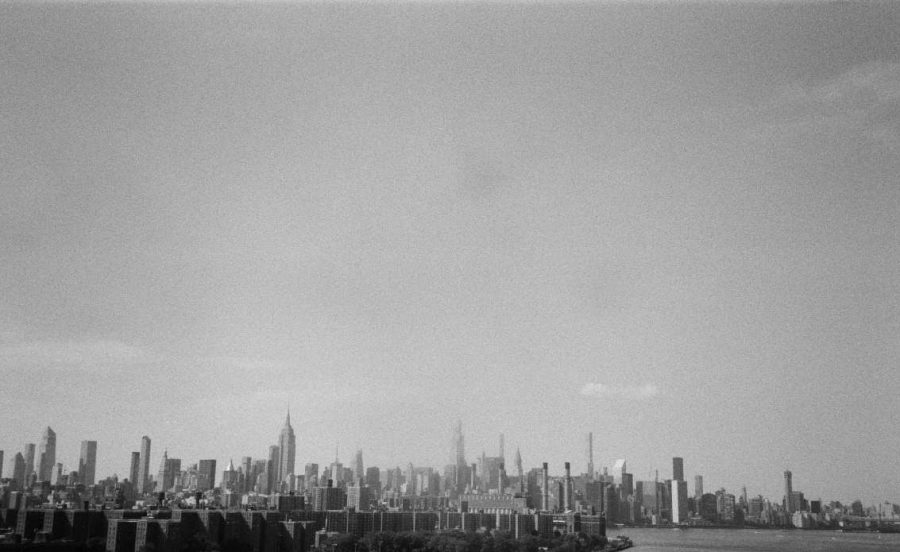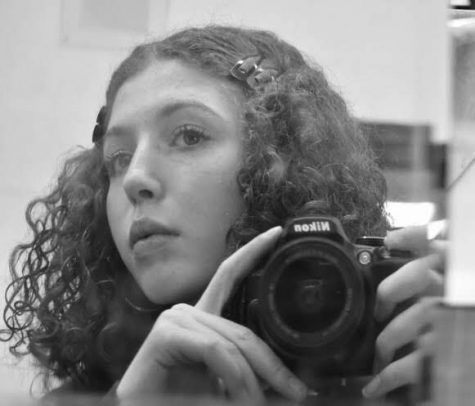Analog Photography Experiences a Resurgence
January 29, 2021
In the midst of global calamity, people have returned to analog photography in order to capture the human spirit and relive a time before the instant gratification of digital technology. Generation Z has gravitated towards this old-fashioned medium to convey the authentic quality of film photography that pixels cannot grasp and trap a moment in time that cannot be edited to attain perfection. The raw spirit of Generation Z—perhaps the most dynamic, active, and challenged generation that has walked the earth—dissolves in pixels but flourishes and expresses a deeper meaning when developed in the darkroom. Analog photography captures this allure and mystery. The lens is an equalizer: despite status or wealth, every human possesses this magic. This innate beauty the camera harnesses allows the viewer to see the world differently.
Along with the creative possibilities of analog photography, its dreamy nostalgic haze also appeals to 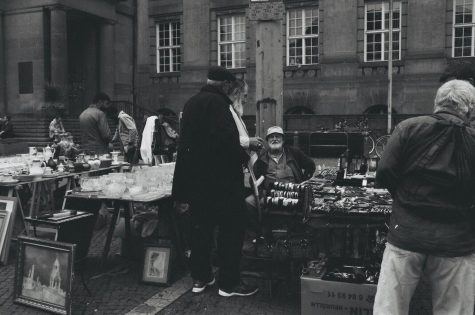 photographers. Many are chasing a different aesthetic that embraces the graininess and organic quality of a film photograph. In a disconnected society of photoshopped and falsified images, many desire to deviate from the digital world and return to simpler practices that celebrate imperfection. This medium also juxtaposes modern issues in black and white, which creates an intriguing contrast that makes the viewer question what has changed and what hasn’t in the world.
photographers. Many are chasing a different aesthetic that embraces the graininess and organic quality of a film photograph. In a disconnected society of photoshopped and falsified images, many desire to deviate from the digital world and return to simpler practices that celebrate imperfection. This medium also juxtaposes modern issues in black and white, which creates an intriguing contrast that makes the viewer question what has changed and what hasn’t in the world.
Why do I take film photographs, you might ask? Focusing my camera, my beloved Pentax K1000, forces me to be pensive and understand more than a mere cursory glance at another random human can reveal. Sometimes I feel as if I’m standing still in an ever-changing world, but by using my camera, I document a diversity of life and troubles that needs to be seen. When I peer into the portal of another’s reality, the lens captures an intimate exploration of a person’s inner workings, things they possibly aren’t consciously aware of. Despite masks and face shields, people’s countenance expresses the human race struggling to maintain happiness in a world where nothing feels or is normal. Through my 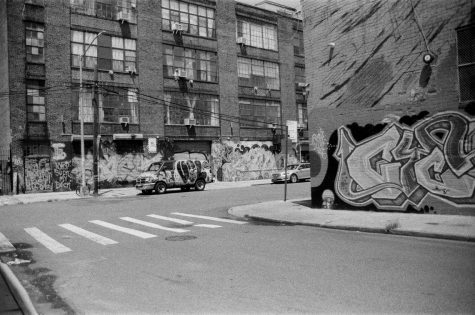 experiences photographing a wide range of people, I have become more sympathetic. Documenting my grandpa’s quarantine lifestyle living in a small Queens apartment confined by the same routine day after day, or the homeless man living beneath the skyscrapers of New York City has allowed me to understand people’s plights on the brink of a financial cliff, waiting for a dollar donation or a stimulus check as the arbiter of their survival. A particular picture I took this summer in Bushwick, Brooklyn, with abandoned streets enveloped in graffiti calling for police reform and lofts with obliterated windows, creates a scene that doesn’t feel real– as if it is a time capsule to an alternate world. I hope that this picture can act as a catalyst for the public to contemplate the current state of society’s tensions and need for change in order to alter their perspective.
experiences photographing a wide range of people, I have become more sympathetic. Documenting my grandpa’s quarantine lifestyle living in a small Queens apartment confined by the same routine day after day, or the homeless man living beneath the skyscrapers of New York City has allowed me to understand people’s plights on the brink of a financial cliff, waiting for a dollar donation or a stimulus check as the arbiter of their survival. A particular picture I took this summer in Bushwick, Brooklyn, with abandoned streets enveloped in graffiti calling for police reform and lofts with obliterated windows, creates a scene that doesn’t feel real– as if it is a time capsule to an alternate world. I hope that this picture can act as a catalyst for the public to contemplate the current state of society’s tensions and need for change in order to alter their perspective.
Some of Tenafly High School’s innovative creatives also use photography to convey their narrative. Lia Kim (’22), a current junior and co-president of the Future of Fashion Club, says photography allows her “to make memories tangible and capture the natural flow of a moment, the feelings, and its impact from my own perspective.” Dina Kalim (’22), an aspiring photographer, explained, “photography has always been my favorite medium because it captures a moment in time, but I control every aspect of the image. In a sense, I create my own reality and give life within one small square.” Max Selver (’22), who shoots with his 1990 Minolta Freedom Zoom, thanks analog photography for providing him “with an outlet that connects me to the past—when I first learned to use film and control aperture, it felt almost the same as picking up a paintbrush. A camera gives one the autonomy to create both literal and abstract portraits that other mediums do not allow one to do, and older methods of photography feel more authentic than simply capturing a moment on an iPhone. Sacrificing convenience is often worth it to make thoughtful art.”
These young voices represent this emerging creative era that embraces diverse perspectives. Generation Z is returning to past decades to express themselves creatively, whether it takes form in vintage clothing, listening to vinyl records, or shooting an indie film on a 2000’s camcorder. However, they are not just revisiting the 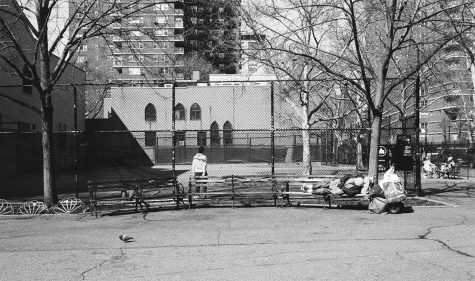 remnants of previous decades but using the past as inspiration for the future. Teens utilize analog photography as their medium to enact change and shed light on the most polarizing issues in American culture.
remnants of previous decades but using the past as inspiration for the future. Teens utilize analog photography as their medium to enact change and shed light on the most polarizing issues in American culture.











































































































































